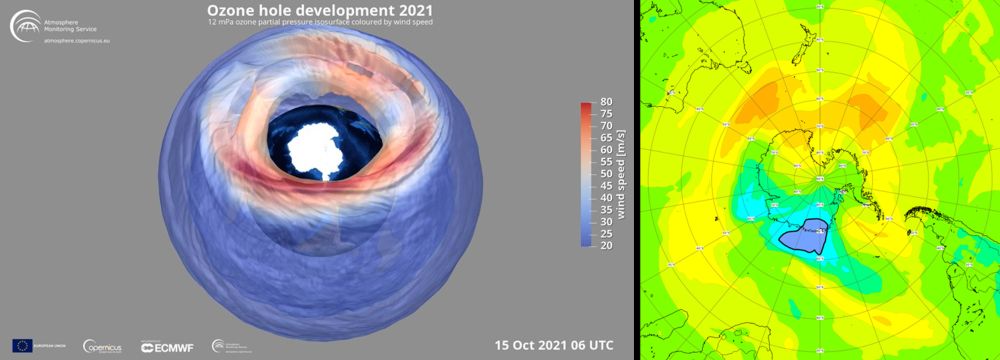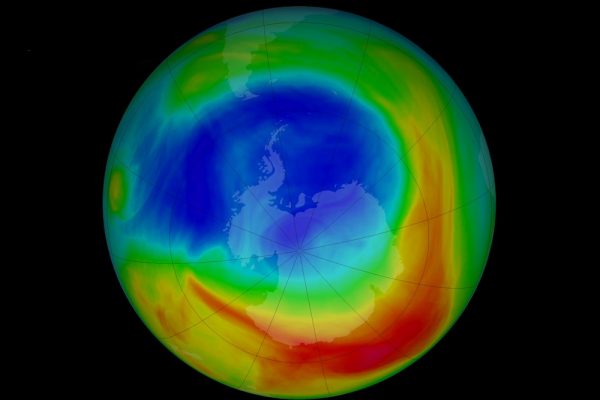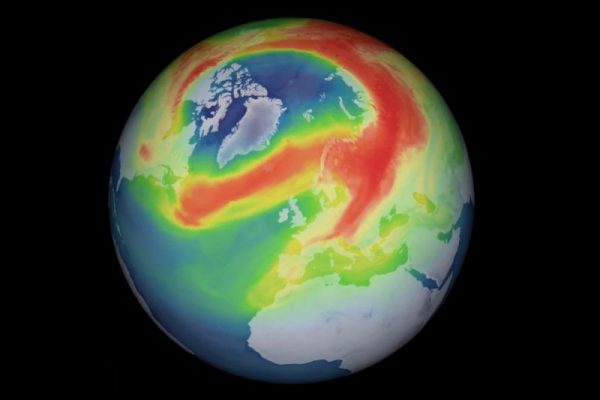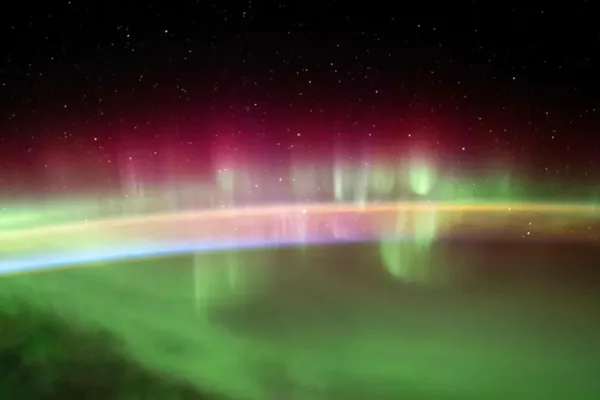Third Longest-Lasting Ozone Hole on Record Reaches its Closure
The Copernicus Atmosphere Monitoring Service confirm that the 2021 Antarctic ozone hole has almost reached its end
One of the largest and longest-lasting holes in the Ozone layer is close to its end, a recent report has stated. Similar to last year’s season, the ozone hole in 2021 will be one of the largest and longest-living ones on record, which is coming to a close later than 95 percent of all recorded ozone holes since 1979.
The Copernicus Atmosphere Monitoring Service (CAMS), implemented by the European Centre for Medium-Range Weather Forecasts (ECMWF) on behalf of the European Commission with funding from the European Union, reports that the Antarctic ozone hole has almost reached its end. The CAMS objective is to protect the ozone layer by monitoring and delivering data on a continuous basis.
The ozone layer is in the earth’s upper and lower atmosphere, in the stratosphere and troposphere, respectively. This protective layer is extremely significant for the planet’s biodiversity as it efficiently absorbs most of the sun’s harmful ultraviolet radiation. The absence of this vital layer would allow the high radiations to enter the earth’s surface directly, harming the living cells.

Image: ECMWF
The size of the ozone hole that forms during summer in the southern hemisphere is directly linked with the weather conditions. In order to track the changes closely, computer models of the atmosphere are combined with measurements from satellites.
Accumulation of compounds like chlorine and bromine contributes to depleting the ozone layer. Chlorofluorocarbons (CFCs), hydrochlorofluorocarbons (HCFCs), carbon tetrachloride and methyl chloroform are some of the major Ozone-Depleting Substances (ODS). These ODS remain chemically inactive in darkness but as the sun rises over the earth’s poles, the chemicals release energy in the vortex that consistently destroys the ozone layer and forms the hole.
Also Read: Ozone Layer Hole is Bigger than Antarctica in 2021
Vincent-Henri Peuch, director of CAMS at ECMWF, mentioned;
Both the 2020 and 2021 Antarctic ozone holes have been rather large and exceptionally long-lived. These two longer-than-usual episodes in a row are not a sign that the Montreal Protocol is not working though, as without it, they would have been even larger. It is because of interannual variability due to meteorological and dynamical conditions that can have an important impact on the magnitude of the ozone hole and are superimposed on the long-term recovery.
Montreal Protocol is an international agreement made to protect the ozone layer by minimizing the consumption and production of HFCs and other ODS. The ozone layer is depleting rapidly due to increased anthropogenic activities. The ozone is recovering slowly but to safeguard the planet completely we definitely need to do more!
Via: Copernicus


